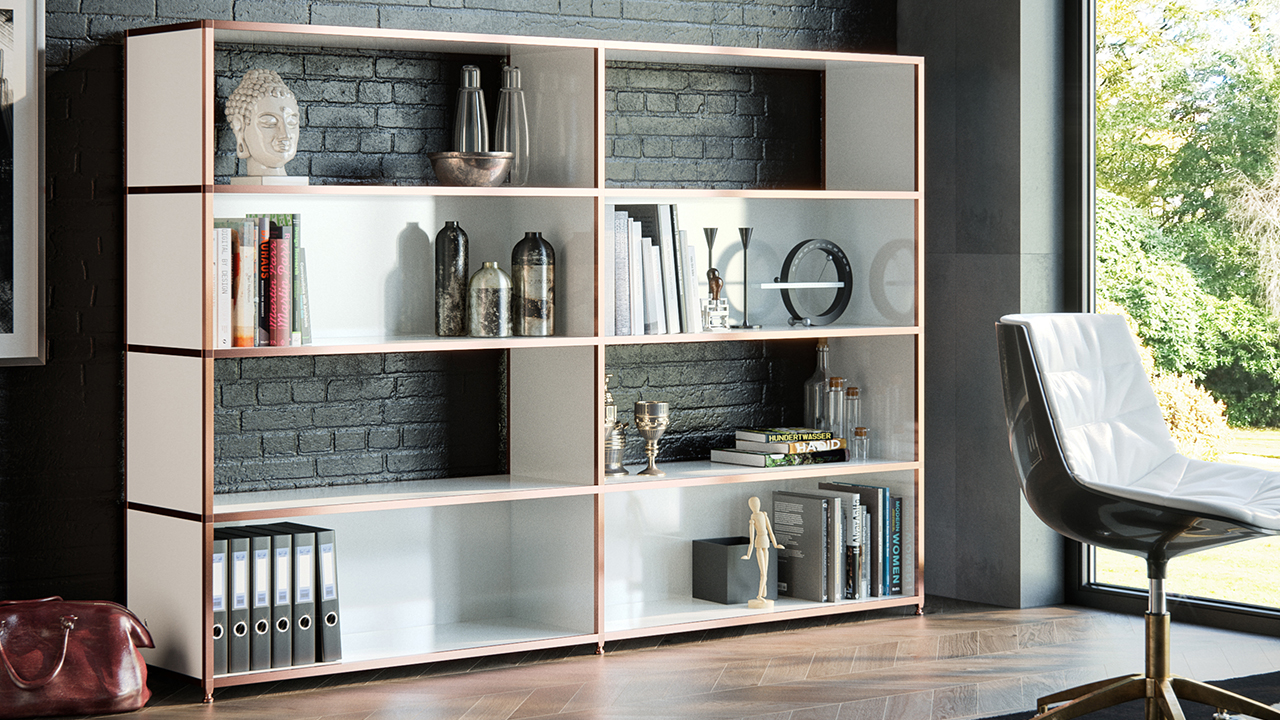
Creative Configurations: Designing Your Home with Modular Furniture
Introduction
The traditional concept of home furnishing has been revolutionized by the advent of modular furniture. This innovative approach to interior design allows for exceptional flexibility and creativity in creating personalized living spaces. In today's dynamic world, the ability to repurpose and reconfigure your home to suit various functions is not just a luxury; it is often a necessity. Modular furniture offers a solution that marries aesthetics, practicality, and adaptability, providing homeowners and renters alike with endless possibilities for creative configurations.
Modular furniture systems are designed to adapt and expand as your needs evolve. Whether you're accommodating a growing family, setting up a cozy studio apartment, or creating a multifunctional workspace at home, modular designs can transform your space to meet the demands of modern living without compromising on style or comfort.
Section 1: Bespoke Creative’s Modular Adaptive System
One remarkable example of modular furniture is Bespoke Creative's Modular Adaptive system (MA). Designed by Viktor Skorikov, this system exemplifies how technological advancements in manufacturing can create personalized home solutions. MA's noteworthy feature is its ability to be configured to any dimension and finished with a wide variety of materials, including laminates, coatings, and veneers. This unparalleled level of customization ensures that each piece fits perfectly within its intended space.
Skorikov, inspired by the capabilities of CNC machinery and modern CAD systems, developed a system that balances scalability with customization. The result is high-quality craftsmanship delivered with speed and precision, offering an impressive range of configurations that can be adjusted as needs change.
The components of the MA system are easy to assemble, requiring no specialized tools, and are compactly shipped. Manufactured and milled in Burbank, California, the MA system combines local craftsmanship with a keen eye for minimalist design, allowing users to create personalized furniture pieces seamlessly.

Section 2: Reimagining Comfort with the Zabuton Sofa
California-based Umé Studio reintroduces traditional Japanese design aesthetics through its modular Zabuton Sofa. This innovative piece merges the simplicity of a low maple wood base with Zabuton cushions, known for their role in Japanese culture as comfort additions to tatami flooring. The sofa's design is not only functional but artistic, offering a myriad of configurations ranging from a bed-like platform to a two-seater couch.
Each component of the Zabuton Sofa, from the triangular-shaped dividers to the cotton-filled cushions, is meticulously crafted to be both aesthetically pleasing and functional. The wooden dividers can be rearranged to accommodate a variety of lifestyle needs.
This collaboration between Umé Studio and Japanese furniture brand Takaokaya reflects a deep respect for traditional craftsmanship while embracing modern living. The result is a piece that exemplifies versatility, comfort, and cultural heritage in modular design.
Section 3: Compact Living Solutions - The Living Cube
Swiss artist and designer Till Könneker's 'The Living Cube' represents an intelligent solution for small-space living. Originally crafted for Kingsley's own one-bedroom apartment, this innovative cube combines modular furniture elements with a bed platform, workspace, and storage facilities, all in one.
The Living Cube's structure, made of three-layer spruce, features compartments for entertainment, workspace, and essentials like clothing and miniature bar setups. Könneker's design not only makes efficient use of vertical spaces but also integrates living areas into multifunctional units.
The cube embodies a minimalist design ethos that accommodates urban living challenges, transforming limited floor space into functional and aesthetically appealing interiors without sacrificing comfort.
Conclusion
Modular furniture stands out as a crucial element in contemporary design, offering unparalleled adaptability in style and function. From large family homes to the tiniest urban apartments, the ability to realign space according to use makes modular systems indispensable.
The examples discussed—from Bespoke Creative’s MA system to the minimalist elegance of the Zabuton Sofa and the remarkable multifunctionality of The Living Cube—illustrate the versatility and creativity that modular design can contribute to home spaces.
As urbanization and changing lifestyles continue to challenge traditional living space concepts, modular furniture not only answers these challenges but transforms them into opportunities to enhance our environment. These dynamic designs inspire us to imagine living spaces that grow and adapt alongside our lives.